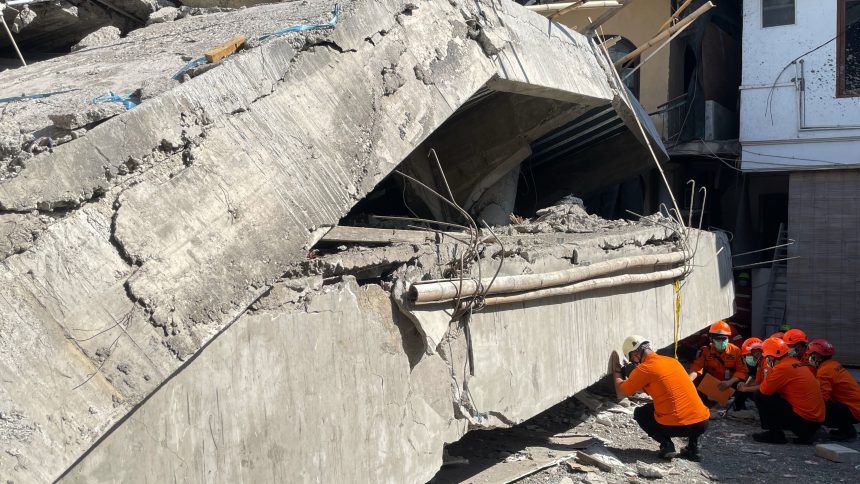Sidoarjo, East Java — After nine days of intensive rescue work, Indonesia’s National Search and Rescue Agency (Basarnas) has officially declared the search effort over at the collapsed Al Khoziny Islamic boarding school, confirming 67 fatalities in what has become one of the deadliest non-natural disasters in the country this year.
Final Numbers: Rescue Operation Concludes
- The total number of people evacuated from the site is 171: among them, 104 survived and 67 died (including eight identified body parts).
- Basarnas chief Mohammad Syafii announced that all debris has been cleared and that the agency found no further remains to recover, marking the end of the official search.
- The agency emphasized that it is now “very unlikely” there are any bodies left within the ruins.
- Only 17 bodies have so far been positively identified by the Disaster Victim Identification (DVI) teams, with many others requiring DNA analysis.
What Went Wrong: Cause & Construction Concerns
Preliminary investigations and media reports point to serious structural and administrative failings:
- The collapsed structure was undergoing unauthorized expansion — two additional floors were reportedly being added without proper permits.
- Experts suggest that the school’s foundation and structural supports could not handle the added stress, leading to sudden failure during concrete casting.
- The school is a pesantren (Islamic boarding school) — among some 42,000 such institutions nationwide — and only around 50 are reported to hold official building permits.
- Local officials have stated that Al Khoziny may not have had the required permit for its construction works.
Human Cost & Impact
- Most of the victims were teenage boys (aged 12 to 19) praying in the multi-story musalla (prayer hall) when the building collapsed.
- The tragedy has left many families in deep anguish. Some waited days hoping for survivors, while others provided DNA samples to aid identifications.
- The devastation has triggered national grief and calls for sweeping reform in school construction safety, especially in religious institutions.
What Happens Next
- Responsibility for further phases of the response will pass to Indonesia’s National Disaster Mitigation Agency (BNPB), which will oversee post-disaster recovery and support for victims’ families.
- Authorities plan to conduct a nationwide safety review of pesantren buildings, with stricter oversight of permits, engineering standards, and construction practices.
- Legal accountability is likely: under Indonesia’s laws, construction without a permit that leads to death carries severe penalties, including imprisonment and fines.
- Investigators will focus on the roles of school administrators, contractors, permitting authorities, and the chain of oversight.
This disaster underscores the perils of unchecked construction, lax regulation, and insufficient safety standards in buildings that host large numbers of young people. While the search phase is over, Indonesia now faces the difficult task of preventing such tragedy from occurring again.










